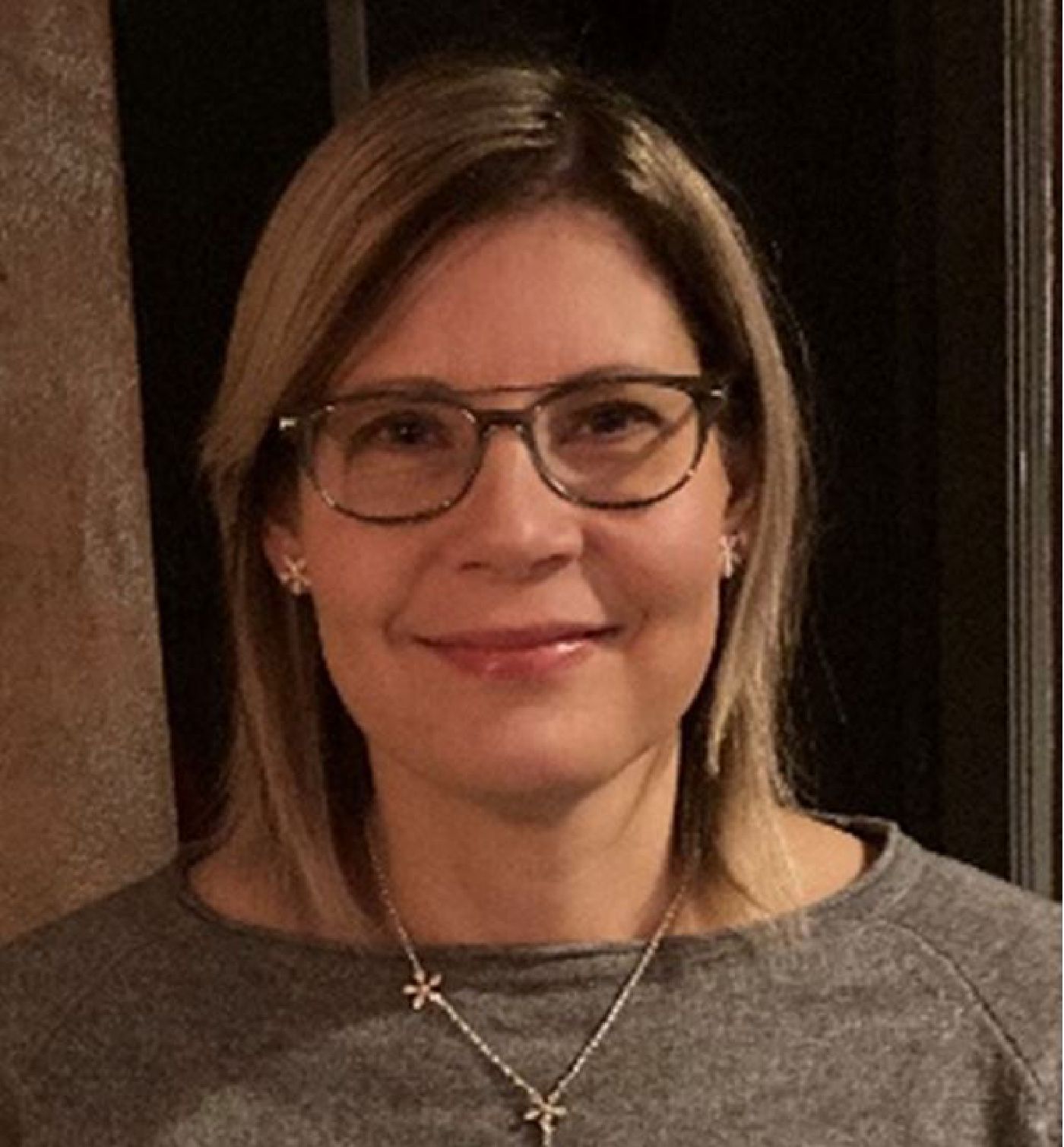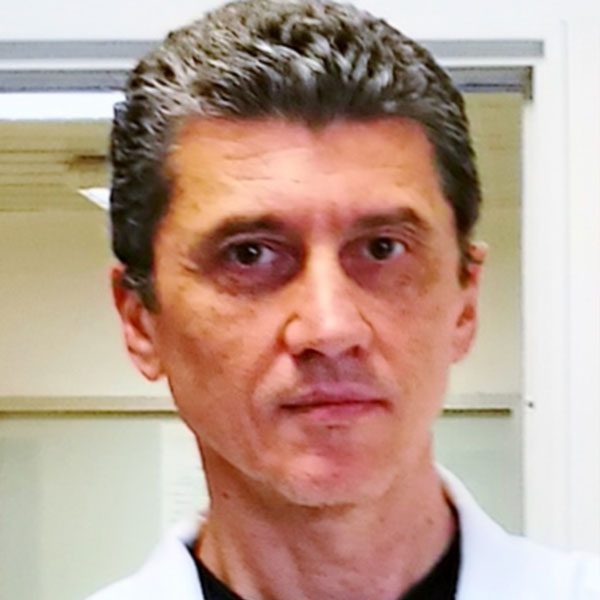WEBINAR SERIES:
Oxidative Stress: Biochemical and Pharmacological aspects
15:00-17:00 (CEST)
October 28, 2025,
15:00-17:00 (CEST)
Participation is free of charge but registration is compulsory at www.antiox.it
The oxygen-, nitrogen- and sulfur-containing reactive species (respectively known as ROS, RNS and RSS) are subject to a tuned control in normal cells and tissues, where they play a role in the maintenance of redox homeostasis. An unbalance in these reactive species is a fingerprint of several diseases, including chronic infections, inflammatory disorders, vascular failure, neurodegeneration and cancer.
Biological activity of antioxidant molecules is crucial to counteract the overflow of reactive species in response to pro-oxidant insults; however, recent findings highlighted the Janus-faced properties of both free radicals and antioxidants, owing to the complexity of the cellular machinery involved in the response to oxidative stress.
The upgrade from in vitro studies to potential therapeutic applications of natural or synthetic antioxidants proved not to be straightforward, due to several aspects ranging from inefficient delivery and assimilation to paradoxical effects, revealing how challenging pharmacological recovery from an unbalanced redox homeostasis can be.
Deepening our knowledge on the molecular mechanisms underlying the modulation of ROS, RNS and RSS bioavailability, their crosstalk and interaction with antioxidant compounds is key to figure out how to sustain and possibly enhance the cell response to redox unbalance.
Finally, the identification of the key players in cell redox pathways and of new biological markers of oxidative stress is paramount to develop innovative diagnostic tools or pharmacological interventions against pathological conditions associated to persistent oxidative stress, with a view of criticism toward current trends of massive antioxidant consumption.
These topics will be addressed in a series of webinars where scientists actively working in the field will have the opportunity to share their recent research progresses.
The cytoprotective transcription factor NRF2 is a key regulator of redox homeostasis, inflammation, and metabolism, making it a promising therapeutic target for non-communicable diseases (NCDs) driven by oxidative stress. A significant challenge in clinical research, however, is the reliable measurement of NRF2 activity in human studies.
Through a stringent, comprehensive literature review, we have identified a candidate panel of six genes (GCLC, GCLM, HMOX1, NQO1, SRXN1, TXNRD1) that consistently report NRF2 activation across diverse cell and tissue types.
This webinar will present the efforts of COST Action CA20121 (BenBedPhar) Working Group 3 to define this biomarker panel and further describe its application as a systemic readout of NRF2 signalling in accessible human samples. We will discuss current evidence for its utility in measuring NRF2 activity across various NCDs, providing critical insights into disease mechanisms, progression, and response to therapy. Finally, we will outline how this panel can be deployed in future clinical trials to objectively assess NRF2-targeting interventions.

Christina Morgenstern, Vienna Airway Lab, Department of Otorhinolaryngology, Medical University of Vienna, Vienna.
Christina Morgenstern is a trained molecular biologist and bioinformatician based at the Vienna Airway Lab at the Medical University of Vienna. She holds a PhD from University College London and completed her doctoral work on Notch signalling in early vertebrate development at the Cancer Research UK London Research Institute. Her research focuses on biomarker discovery and elucidating the NRF2-mediated redox-inflammation axis in chronic respiratory diseases, leveraging high-throughput and multi-modal data. She has been the leader of Working Group 3 in the COST action CA20121, “Bench to Bedside Transition for Pharmacological Regulation of NRF2 in Non-Communicable Diseases” (BenBedPhar).
Dysregulation of NRF2 is common in many cancers, particularly non-small cell lung cancer (NSCLC), often resulting from somatic mutations in NRF2 or KEAP1. Aberrant activation of NRF2 drives aggressive disease that is resistant to conventional chemotherapy, radiotherapy, and even advanced targeted therapies. As such, monitoring NRF2 activation or identifying activating mutations in tumors holds both prognostic and predictive value. This presentation explores various methods to detect aberrant NRF2 activation. The strengths and limitations of different approaches—including DNA sequencing from tumor tissue or blood-based circulating cell-free tumor DNA, mRNA expression-based classifiers, and immunohistochemical detection of NRF2 target genes—are examined in the context of their clinical applicability. Understanding and accurately detecting NRF2 dysregulation is essential for guiding treatment decisions and improving outcomes in NRF2-driven cancers such as NSCLC.
Anna-Liisa Levonen, University of Eastern Finland
Anna-Liisa Levonen, MD, PhD, is Professor and Vice Dean of Research at the University of Eastern Finland, Faculty of Health Sciences. Her research focuses on the gene regulatory mechanisms activated by oxidative and electrophilic stress, particularly via the redox-activated transcription factor NRF2. She has studied the mechanism of activation of the KEAP1-NRF2 pathway and its role in disease, particularly cardiovascular diseases and cancer, and has published highly cited original and review articles on the topic.

Anna-Liisa Levonen, University of Eastern Finland
Anna-Liisa Levonen, MD, PhD, is Professor and Vice Dean of Research at the University of Eastern Finland, Faculty of Health Sciences. Her research focuses on the gene regulatory mechanisms activated by oxidative and electrophilic stress, particularly via the redox-activated transcription factor NRF2. She has studied the mechanism of activation of the KEAP1-NRF2 pathway and its role in disease, particularly cardiovascular diseases and cancer, and has published highly cited original and review articles on the topic.
Heme oxygenase-1 (HO-1) is a ubiquitous cytoprotective enzyme and one of the most sensitive to be induced by oxidative stress. The transcriptional regulation of HO-1 and other antioxidant target genes is mediated by Nrf2, a master regulator of the cellular stress response and thus a key player in redox homeostasis. Here we will analyze our early works to illustrate how by serendipity HO-1 was found to be potently induced by dietary compounds extracted from plants and different natural sources. These included the root of Curcuma Longa (curcumin), honeybee hives (caffeic acid phenethyl ester), fruits (chalcones) and cruciferous vegetables (benzyl isothiocyanates). We will then present data showing the direct involvement of Nrf2 activation in curcumin-mediated HO-1 induction along with studies on the structural-activity relationship of Nrf2 activators demonstrating the chemical parts of these compounds (electrophilic moiety) responsible for this induction. We will finally look at some of the most recent data from the literature and examine the promising features as well as the obstacles of using dietary compounds to activate Nrf2 for the therapeutic treatment of a variety of disorders characterized by inflammation, neurodegeneration and metabolic dysfunction.

Roberto Motterlini, Faculty of Health, University Paris-Est Créteil, INSERM, Créteil, France
Roberto Motterlini is Director of Research (DR1) at INSERM U955 within the Faculty of Health, University of Paris Est, France. He has a long-standing interest in the regulation, activity and biological significance of heme oxygenase-1 (HO-1), a ubiquitous defensive protein that degrades heme to carbon monoxide (CO) and biliverdin. His earlier studies identified Nrf2 as a key transcription factor in the induction of HO-1 induction by natural products and uncovered the vasodilatory, anti-ischemic and anti-inflammatory properties of CO. His research led to the development of CO-releasing molecules (CO-RMs), small active compounds that deliver controlled amounts of CO in vivo and have been shown to exert important pharmacological actions to counteract vascular, inflammatory and metabolic disorders. Dr. Motterlini’s group has recently characterized a new class of hybrid compounds, termed HYCOs, which have the ability to activate Nrf2 and simultaneously release CO. He is currently investigating whether HYCOs and CO-RMs can be used as therapeutics against inflammation and obesity and how CO could be used as a prebiotic to treat metabolic dysfunction.